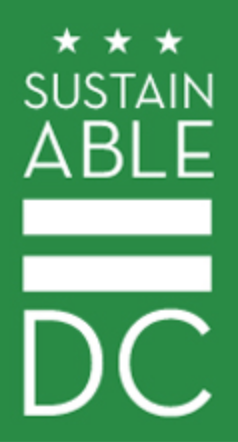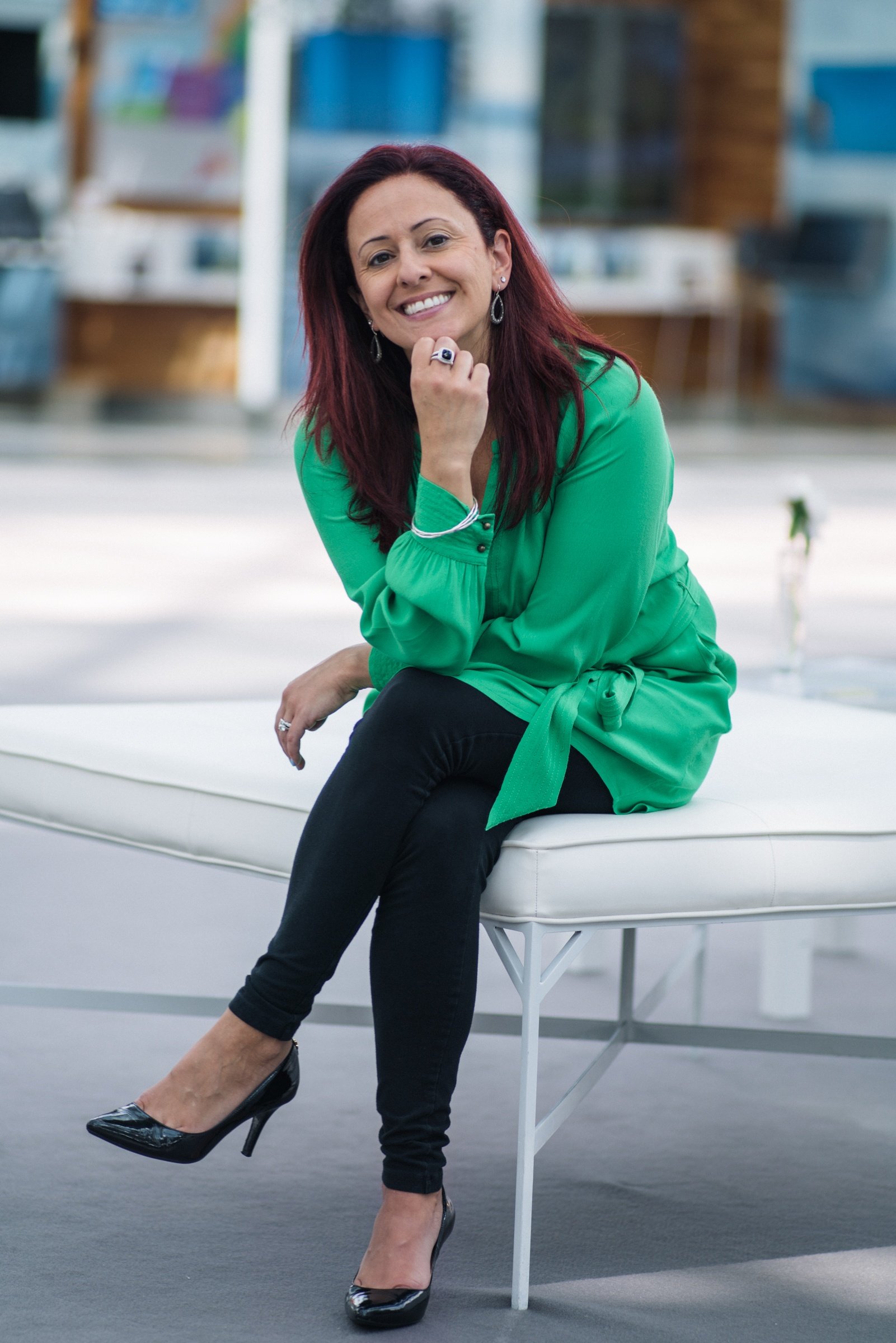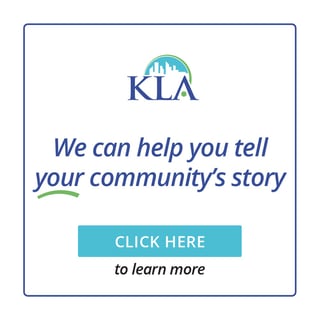In 2017 KLA brought you 20 episodes of our SAS Talk with Kim podcast on topics ranging from the circular economy to smart cities. We’re underway with recording new podcasts for 2018, but we’ll also be checking back in with our previous guests to see what has transpired since our chat and what new insights they have to share with you.
As we approached Earth Day last year, we visited with Dan Guilbeault, chief of the .jpg?width=320&name=2015biopic%20(1).jpg) sustainability and equity branch of Washington, D.C.’s Department of Energy and Environment, about the District’s innovative and effective Sustainable D.C. Ambassadors volunteer program. An article about the DC program and our podcast ran on Triple Pundit. If you missed the original podcast you can listen to it here.
sustainability and equity branch of Washington, D.C.’s Department of Energy and Environment, about the District’s innovative and effective Sustainable D.C. Ambassadors volunteer program. An article about the DC program and our podcast ran on Triple Pundit. If you missed the original podcast you can listen to it here.
We reached out to Dan to see how the 2017 Ambassadors cohort turned out and their plans for the future. Here is Dan’s super informative update:
“Five years into the Sustainable DC Ambassadors program, we’ve seen some great success and have learned some valuable lessons. While we talk to hundreds of residents about the importance and value of sustainability each year, we’ve found the conversations to be brief, surface-level for the most part, and likely not particularly meaningful in the long-run. We’ve also found that despite concerted effort, we are still not reaching our communities of focus: residents of color, limited English proficient residents, and low-income neighborhoods. In 2018 we will be redesigning the program to concentrate our resources in having more meaningful conversations with these specific communities.
In addition to this program redesign, we have learned a few valuable lessons that are worth sharing:
1. Location matters: We held one of our two ambassador trainings in one focus community and had a great turnout of neighbors. We heard from people that having events in their neighborhood instead of asking them to come downtown is important.
2. Remove as many obstacles as possible: two years ago we significantly shortened our ambassador application to just collect demographic information, availability, and a short paragraph on why they are interested in participating. We also shortened the training itself from three hours to two hours. This resulted in more applications and higher translation of applicants to trained participants. Some new HR requirements really hurt our final participant numbers. It’s very important to keep a low barrier to entry for this type of program, especially if you are hoping to recruit diverse participants like we are.
3. Stay in communication: We found that sending a weekly email with new opportunities for participants to attend community engagement events was very helpful. We also got high satisfaction rates for this method. The more proactive and regular we communicated, the more engaged participants seemed to stay. It was also important for us to be proactively reaching out with friendly reminders and ample opportunities. The onus was on us—not the participants—to stay in constant communication.
4. Reduce bureaucracy and provide options: We worked hard to make participating in our program as easy as possible. Making the application and training easy is part of this, but it’s also important to make it easy for participants to sign up for events (we used Sign Up Genius, which we got positive feedback on), send data back (we provided options to text or email photos of sign-up lists, mail them in, or physically hand them to us at bimonthly happy hours).
5. Get input and make changes: Each year, we provide a midpoint survey and check-in and an end of season check-in and survey. We’ve used this qualitative and quantitative input to improve the program. Participant input resulted in different and shorter training, more options for signing up and getting us back data, how we communicate to participants, the types of events we attend, and the materials we hand out to residents. The program has gotten significantly better because of these changes.
6. Build participant ownership: We wanted to make ambassadors feel like this was their program. Returning ambassadors helped with the training the following year and can take on additional responsibilities of having extra materials for other participants. As mentioned above, we frequently solicit input from ambassadors and make changes every year based on that input. We also encourage ambassadors to find events at which they think would be successful connecting with residents. They’ve talked with residents at farmers markets, block parties, and other events we wouldn’t have otherwise attended.
7. Continuing education: Most of the Ambassadors are trained in environmental disciplines but are seeking and need exposure working directly with communities to see how their project designs or coursework look in implementation. The program offers an opportunity to talk directly to the community about sustainability—to see what resonates, what is understandable, and what is too technical, which many ambassadors found valuable.
8. Networking: Many Ambassadors are young professionals and transplants to DC who are looking to create new networks. The program effectively pairs like-minded individuals and through our gatherings, we create a space for those connections to be made.
 We’re also doing a large update to our sustainability plan, Sustainable DC. We’re incorporating many of the above lessons in our community engagement for that planning process as well. We’re particularly focused on reducing barriers for communities of color to ensure they feel ownership over the updated plan and see their concerns and priorities in it.”
We’re also doing a large update to our sustainability plan, Sustainable DC. We’re incorporating many of the above lessons in our community engagement for that planning process as well. We’re particularly focused on reducing barriers for communities of color to ensure they feel ownership over the updated plan and see their concerns and priorities in it.”
Tons of smart, hard-earned tips from DC that could inform your community engagement efforts, and we’ll be sure to check back in with Dan later this year on their redesigned Ambassadors program and the update to Sustainable DC.
Stay tuned for more new podcasts in 2018. And if you missed any of our 20 episodes in 2017, take a listen now!





